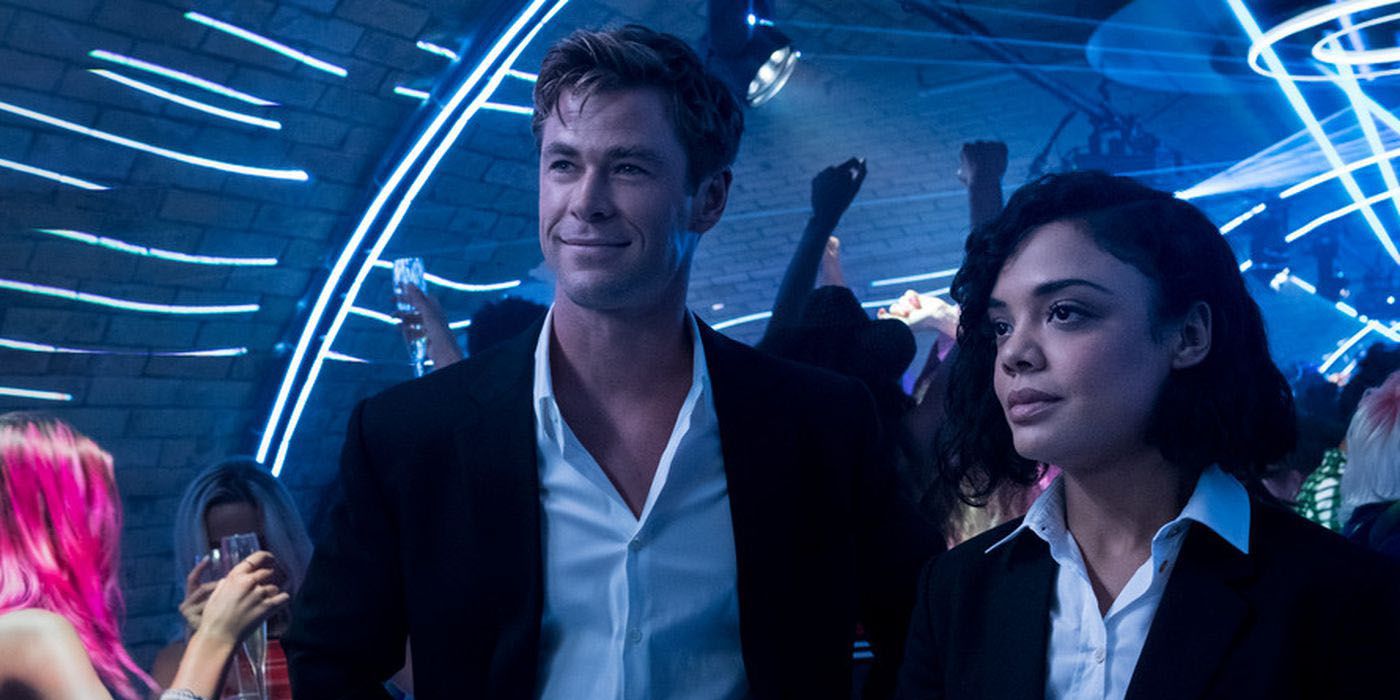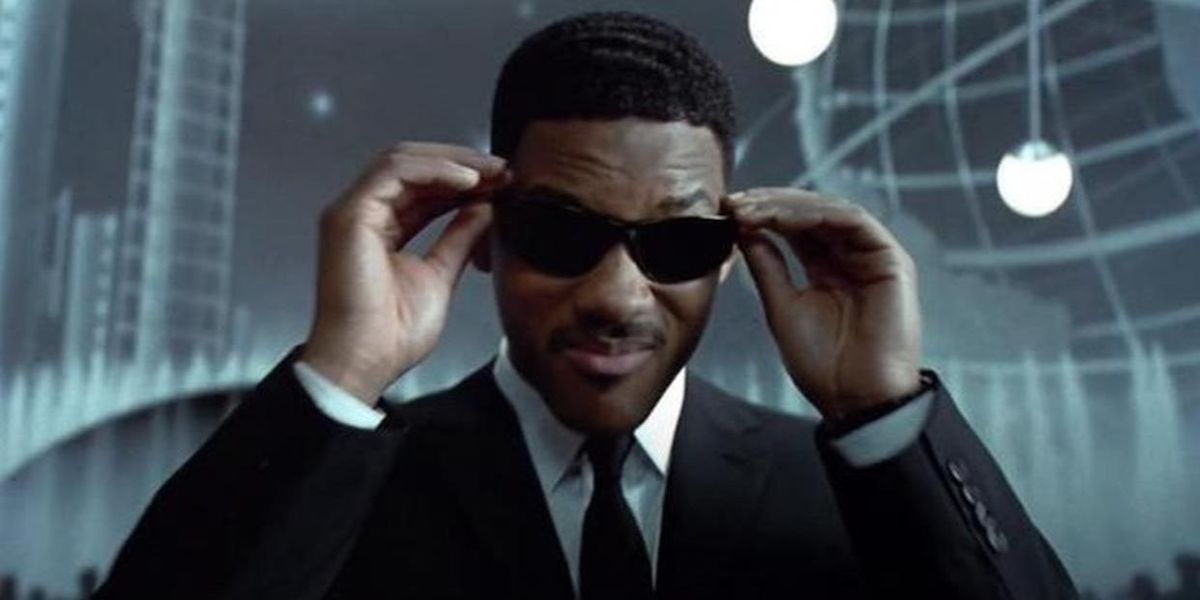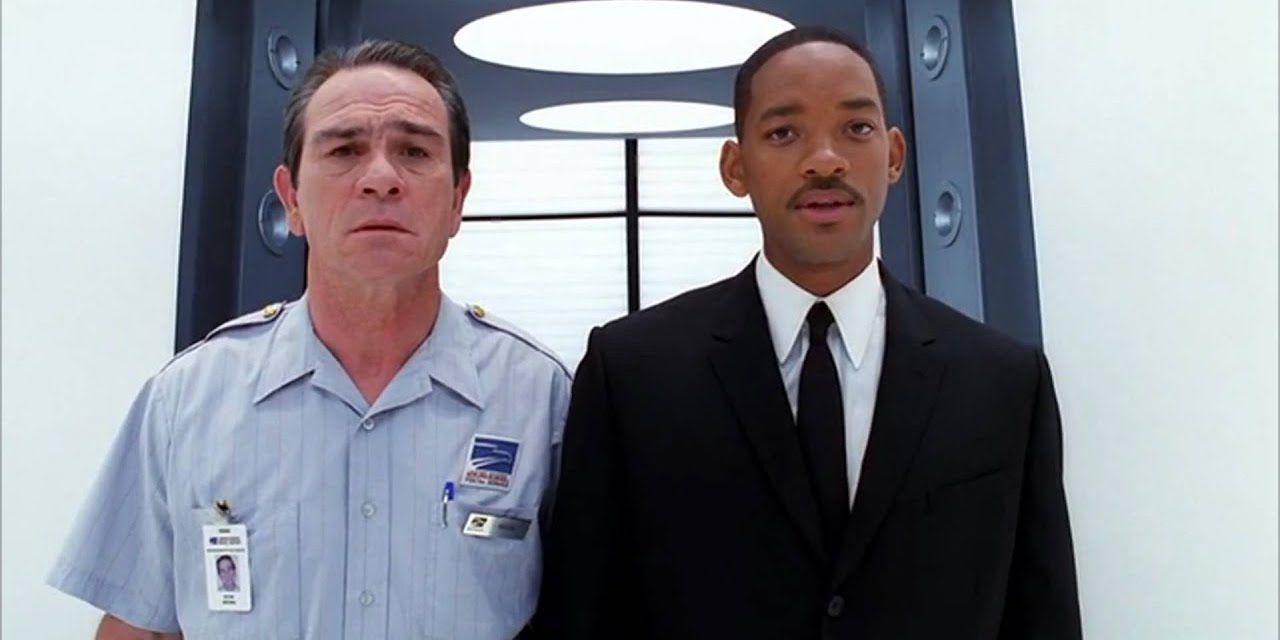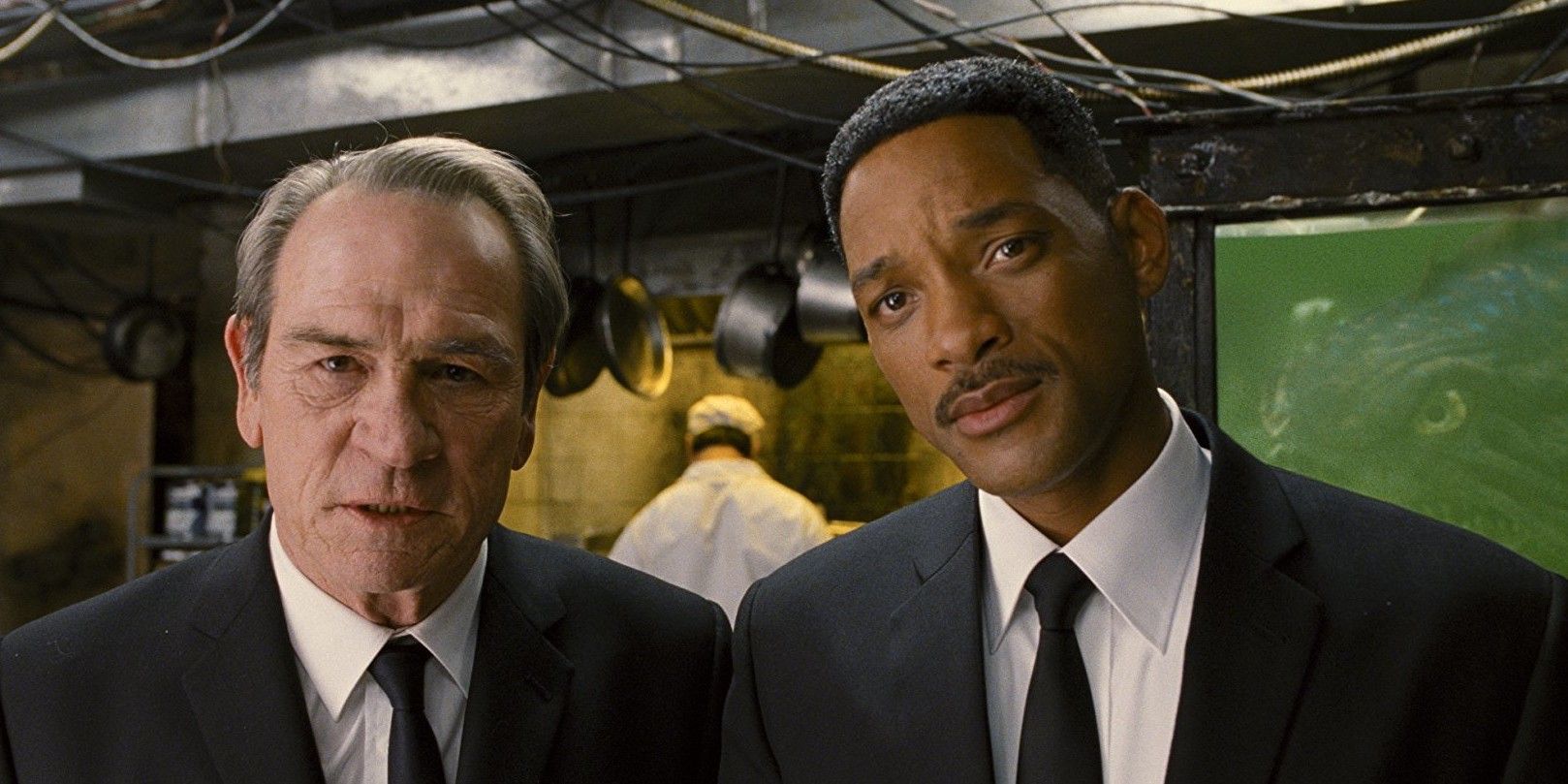
The premise of Men in Black is simple enough to communicate to a wider audience and rich enough to propel itself through many variations. Earth is home to a sizeable population of aliens who are policed and protected by a secret private agency (not government, because they ask too many questions) called the Men in Black. Whenever an intergalactic threat emerges, it is the Men in Black who have to deal with it. So far, all the movies have followed the same formula established by the original movie. The newest, Men in Black: International, had a slight deviation of characters and setting but not much else. There is no reason the Men in Black franchise cannot continue in a different way, whether in a new setting, with new characters, or in a new format.
The Men in Black film franchise has been around for over twenty years now. It originated in early Nineties comic books by Malibu Comics (now owned by Marvel Comics, which means it is now owned by Disney). The first Men in Black came out in 1997 and was a critical and commercial success. Followed by an animated series that ran from 1997 to 2001. Men in Black 2 came out in 2002, still successful but not as highly regarded as the original. Ten years after the sequel, the original trilogy was finally concluded with Men in Black 3. Will Smith and Tommy Lee Jones established and finished their run as MIB agents J and K. Seven years later, there was a near revival of the franchise in Men in Black: International, starring the electric duo from Thor: Ragnarok, Chris Hemsworth and Tessa Thompson. It was not received well, nor did it hit expectations in box office intake.
RELATED: This 90s Movie Could Have Been The 'Star Wars' Of Horror

The first Men in Black was an ambitious, original, and inventive blockbuster. Adapting the comics to the big screen was a no-brainer. The only things they needed to do was to inject a healthy dose of comedy, which was readily delivered by rising star Will Smith, and establish a cinematic style, which was found in Sixties retro-deco influence. Tommy Lee Jones’ deadpan humorless veteran paired with Will Smith’s fish-out-of-water rookie makes for an original blend of science fiction and buddy cop movie. It received three Oscar nominations and won for Best Makeup. This movie established the tone, the style, and the formula for the whole franchise, perhaps to the detriment of future installments.

Men in Black 2 did not deviate from the formula all that much. It introduced a new villain and changed the MacGuffin from a microverse to a person, played by Rosario Dawson. The sequel had entertaining moments and characters but because it played so close to the original’s beats it was basically a rehash. Men in Black 3 tried to change the math by connecting to a trivial piece of character background from the first movie. Agent J mentioned that he never knew his father in the first movie, so the third plays out why that was. Using a time travel scenario, Agent J learns the purpose of his father’s disappearance. That his father sacrificed himself to save Agent K in the Sixties. Agent K has since been a secret guardian angel to J his entire life. It closes the loop on the series, and concludes the trilogy, in a weird sort of way. The third movie was successful enough to keep ideas open for the future, and seven years later they made Men in Black: International.
International had the right idea, but it did not go far enough. The original MIB trilogy centered around Agents J and K and their adventures, as did the animated series. All International did was update the environment and swap out the personalities of the two main characters. Instead of New York City, it revolves around the London agency. Agent H, played by Chris Hemsworth, is similar to Agent K in that he is the best agent in the field, except this time he has lost his enthusiasm for the job. Agent M, played by Tessa Thompson, is similar to Agent J as the new recruit, except instead of being the fish out of water type, she is very much focused on her duties. She is the serious one whereas he brings the comedy. Like Men in Black 2, International was too by the numbers to strike out its own identity in the franchise. There is an internal agency conspiracy and some interesting agent versus agent action, but the movie never delivers any strong action or memorable character moments. This is likely due to a heavy amount of production troubles.

The bright idea from International was that it kept the same style and tone the franchise is known for while changing the basic elements. The problem was that it did not change them far enough. Future MIB properties should take the story to entirely different locations, like off Earth. Instead of duo agents, it should follow an ensemble cast, like the clean-up crew, or a group of MIB personnel working on a space station at the edge of the Solar System. They could still go on adventurers and defend Earth from all manner of alien threats, but there would be a group dynamic and developing interrelationships. All of this would work best as a live-action TV show, perhaps something bingeable on Netflix. If they were to make more movies, MIB is juicy material for a shared cinematic universe. It can host a variety of villains, with multiple settings and different heroes ready to engage in a grand cinematic climax.
At the end of the day, more Men in Black will always be good Men in Black. Men in Black: International was a step in the right direction, but it did not step far enough to make any waves in the franchise. If the producers and creators want to continue, which they absolutely should, a streaming show or a cinematic universe would be the best directions to go in. Perhaps both?
MORE: Die Hard With A Vengeance Is The Best Entry In The Franchise

